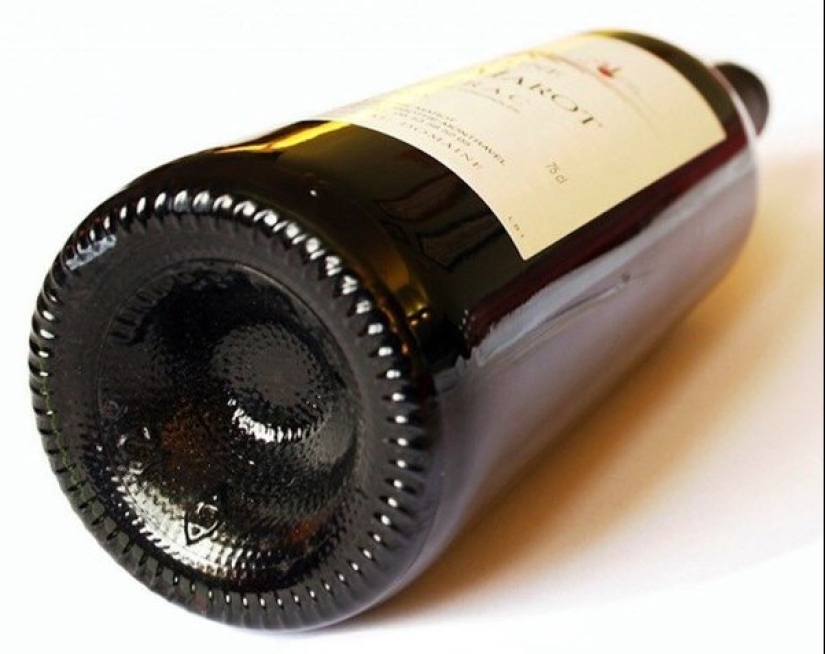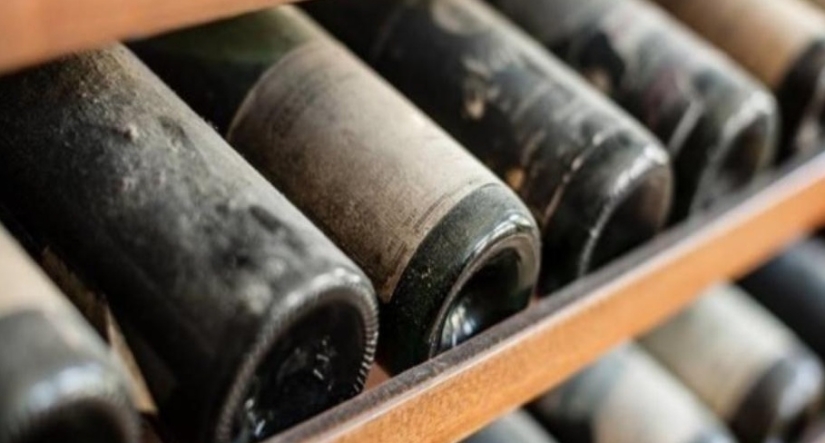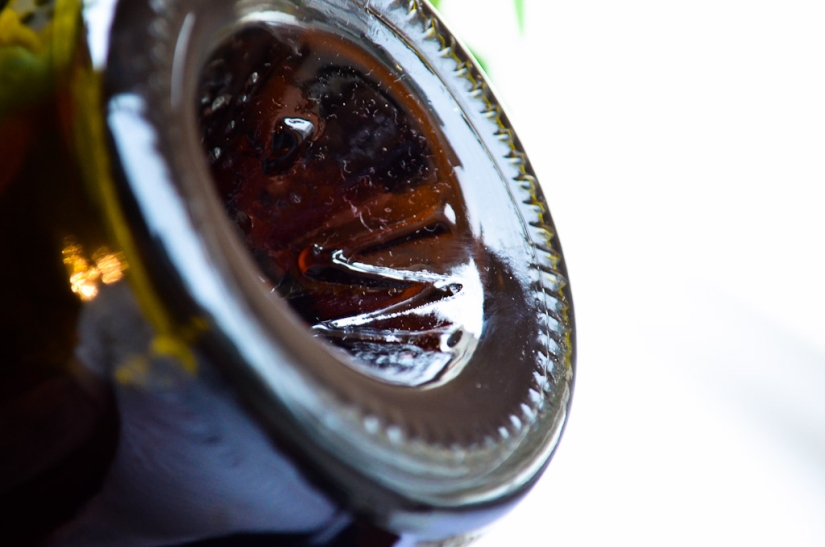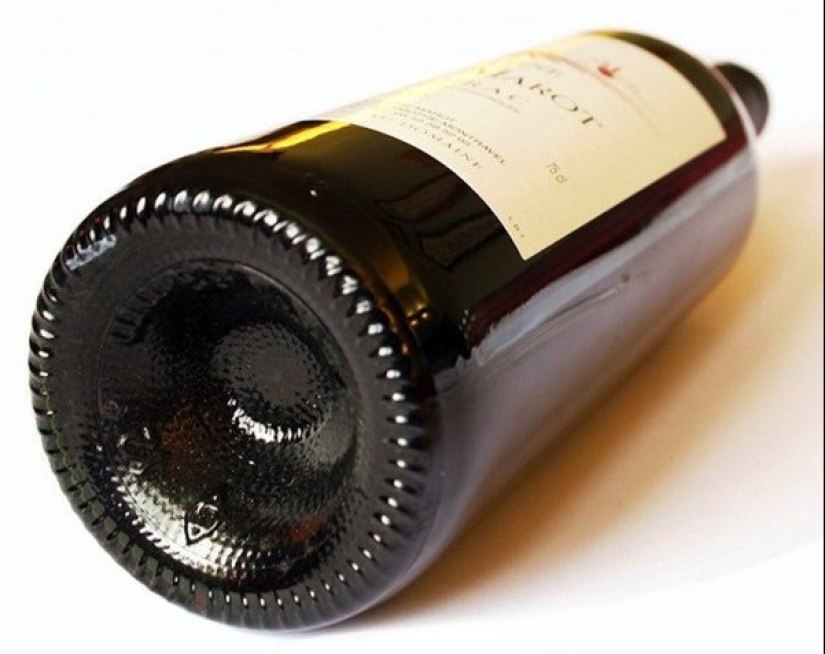Why do wine bottles have a concave bottom
Categories: Food and Drinks
By Pictolic https://pictolic.com/article/why-do-wine-bottles-have-a-concave-bottom.htmlYou probably noticed that wine bottles have a concave bottom. Where did this tradition come from, why did the bottom of such bottles begin to be concave? Let's try to figure it out.

France has always been considered not just the center of world winemaking, but also the legislator of the rules in this area. It is not surprising that the tradition of giving concavity to the bottom of a wine bottle also came from France. This concavity at the bottom was called a punt and served for several purposes.

We remember from the classics that the Musketeers did not part with a bottle of burgundy, and in high society (this is later) they preferred champagne. Each locality was famous for its wine, and it was drunk not only in France, but also far beyond its borders. French wines were exported all over Europe and even to distant Russia, and subsequently overseas. Thus, there was a need to deliver wine to consumers in one piece.
The means of transportation were mainly carts, carts, vans, and the like, and the roads in those days were much bumpier and shakier than modern Russian ones. In order to deliver hundreds and thousands of dozens of bottles without loss, they had to be securely fixed. That's what the punt served for: the protruding cork of the bottle rested against the bottom of the forward one, and a pretty good fixation was created, plus the bottles were also shifted with straw so as not to be beaten.

The winemakers of those times did not yet possess modern technologies, and they did not have such equipment, so the process of wine birth went naturally, and a side effect of this process was the formation of a large amount of sediment. This spoiled the aesthetic impression, of course, no one wanted to drink such a sediment, as well as wait for it to settle down. The punt perfectly solved this problem: the sediment accumulated and slightly compacted in a narrow depression around the convex part of the bottom and did not get into the wine itself.

When the wine from antique amphorae finally migrated to glass bottles, their production became massive, but continued to remain manual. Glass-blowing workshops provided the needs of winemakers, but the bottom remained the main snag — it was technically extremely difficult to make it at each bottle without protrusions and seams, completely smooth, and then the disadvantage was turned into a dignity - a punt. For the owners of zucchini, it was even beneficial, as it allowed them to save on the client, for whom the difference in the capacity of bottles was invisible.
But this was the case in France, but the Germans, who considered themselves much more experienced glassblowers, made the bottom of the bottles smooth in spite of the neighbors. And in more northern countries, where there was no such developed culture of winemaking, and alcohol rather belonged to the category of hard liquor, such nuances as punt were not observed in bottle production.

The ability to open a bottle of champagne so that it does not shoot and spill, and only a light smoke appears above the neck, is not so common. And all because of carbon dioxide, which accumulates in a bottle of sparkling wine, creating excessive pressure. This is where the stability of the bottle is especially important, which is precisely provided by the concave bottom.

And finally - Yuri Nikulin's favorite joke. If the feast was with champagne, he offered those who wished to bet that he would drink champagne from a sealed bottle. There were always hunters to argue, and the resourceful Nikulin simply turned the bottle over, poured wine from another bottle into the recess at the bottom and, thus, always won the bet.
Recent articles

For most churchgoers, going to church is a routine event. Neat clothes, a peaceful environment, and maybe children running around. ...

Invisible to the naked eye, but dangerous and insidious bacteria and viruses can sometimes lie in wait for us in the most ...

The confrontation of European settlers with the indigenous people of the Americas lasted for almost five centuries. And with the ...